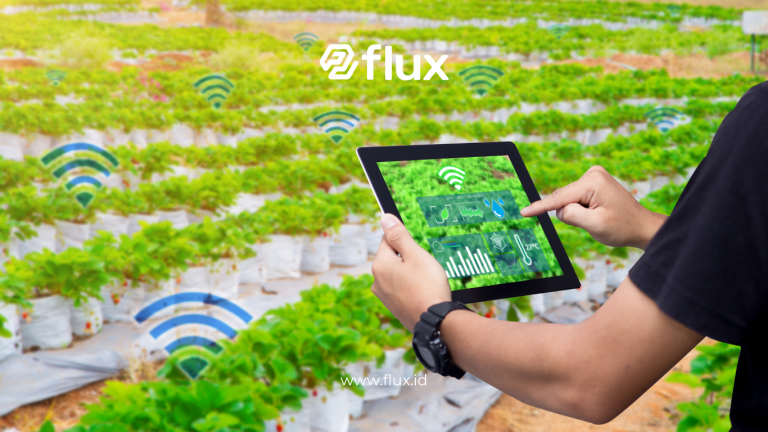Don't miss our holiday offer - 20% OFF!

Read also : Automated Parking Concept: Smart Solution for Availability
In today’s modern technological era, optimizing energy and resource usage has become imperative, especially within office environments that tend to consume substantial energy and have significant environmental impacts. With the increasing awareness of environmental sustainability, the utilization of smart technology to optimize energy and resource usage in office settings has become a primary focus for many companies. Smart technologies such as the Internet of Things (IoT), data analytics, and automation have opened up new opportunities to reduce excessive energy consumption, minimize waste, and overall create a more efficient and eco-friendly workspace.
Contents
Optimizing Energy and Resource Usage with Smart Technology

Read also : Security and Privacy in Connected Parking Systems: Challenges and Solutions
Implementation of the Internet of Things (IoT)
The IoT has revolutionized the way we interact with equipment and facilities in the office. By connecting equipment like lighting, air conditioning, and other devices to networks, offices can collect real-time data on energy usage. Connected sensors can regulate lighting and temperature based on presence and actual needs, avoiding overuse when rooms are unoccupied and thereby reducing energy consumption.
Data Analytics for Informed Decision-Making
The data generated by smart technology offers opportunities for in-depth analysis of energy and resource usage trends. By identifying inefficient consumption patterns, companies can take steps to optimize resource usage. Data analytics can also help identify areas in the office needing efficiency improvements, such as poor thermal insulation or outdated equipment.
Process Automation
Smart technology enables process automation that can significantly reduce resource consumption. For instance, automated systems for lighting and fans can be tailored to work schedules and room usage patterns. These systems optimize energy usage by ensuring lights and fans are active only when needed and are turned off when rooms are vacant.
Conclusion

Read also : Security and Preparedness Enhanced by Smart EWS Technology
Optimizing energy and resource usage within office environments is not just about cutting operational costs, but also contributing to environmental sustainability. Smart technologies like IoT, data analytics, and automation provide powerful tools to achieve these goals. By harnessing the data and insights generated by these technologies, companies can make smarter decisions in resource management, reduce environmental impact, and create an efficient and eco-friendly workspace. In the face of climate change challenges and resource constraints, such initiatives are increasingly vital for a sustainable future.





